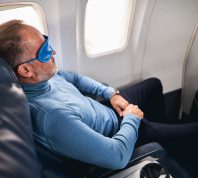30 Incredible Facts About Pirates That Are 100 Percent True
That pirate "accent" is an invention of Disney.

Because of movies like Treasure Island and Pirates of the Caribbean, many of us have a certain image of pirates: They spend their entire lives at sea, they speak with intense accents, and they make each other walk the plank as punishment.
But in reality, these seafaring lawbreakers—who date back to ancient times—often have wives and children back at home, are contributing members of their local economies, and do not grunt "arrrr" nearly as much as you previously believed. To learn more about these mysterious criminals, read on for 30 surprising facts about pirates that are totally true.
1
The stereotypical pirate accent was invented by Disney.
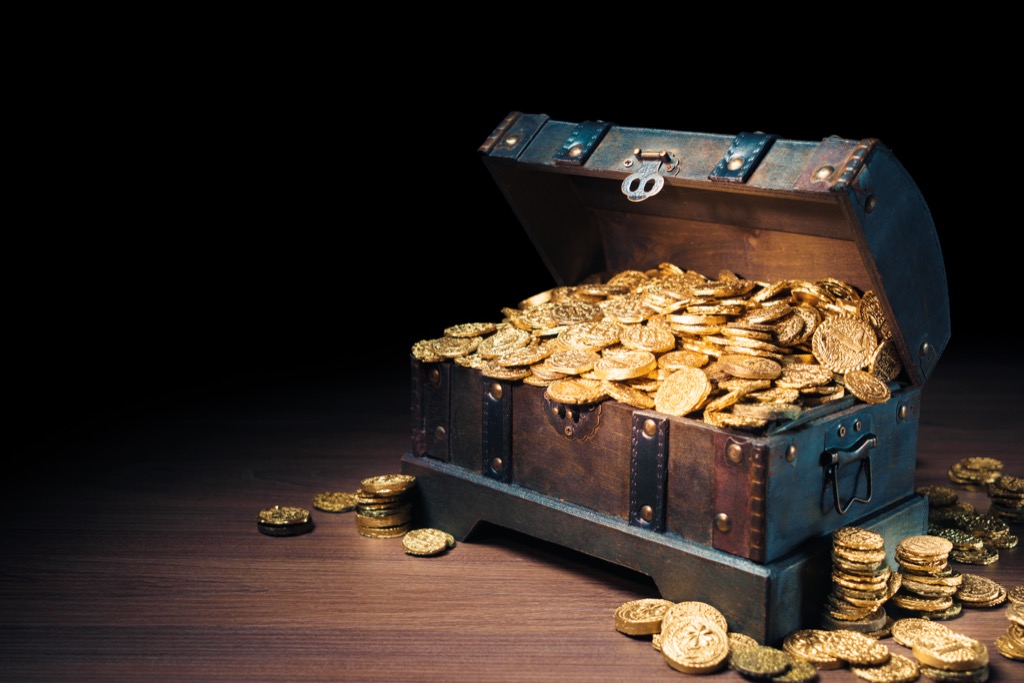
September 19th marks the annual Talk Like a Pirate Day. But the truth is, pirates didn't actually have a uniform accent. Many of the phrases we associate with them today actually originated from the 1950 Disney film Treasure Island, starring Robert Newton as Long John Silver, which was based off the 1883 novel of the same name by Robert Louis Stevenson.
"Newton's performance—full of 'arrs,' 'shiver me timbers,' and references to landlubbers—not only stole the show, it permanently shaped pop culture's vision of how pirates looked, acted, and spoke," Colin Woodard, author of The Republic of Pirates, told National Geographic.
2
And so was the stereotypical pirate outfit.
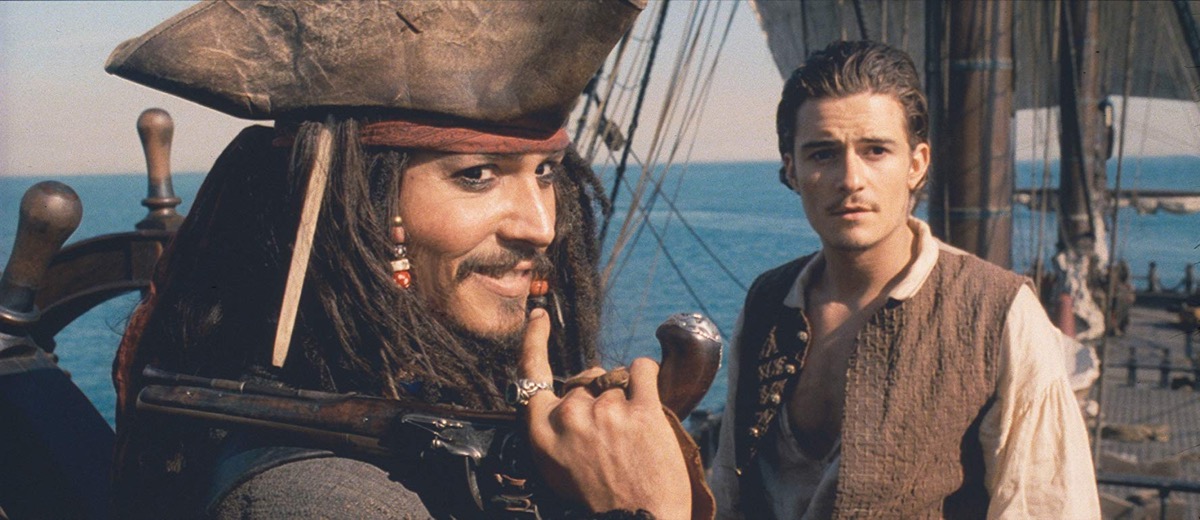
The pirates we know from modern movies may have a signature style, but that onscreen fashion isn't exactly accurate. As historian Daphne Palmer Geanacopoulos, author of the book The Pirate Next Door, told Georgetown University, "Only Johnny Depp looked like Jack Sparrow [in Disney's Pirates of the Caribbean]. Pirates wore typical maritime clothing of the day, with pirate captains and those with more money donning more expensive outfits."
But there is one part of the typical pirate outfit that's accurate…
3
Pirates did wear patches, but not because they were all missing an eye.
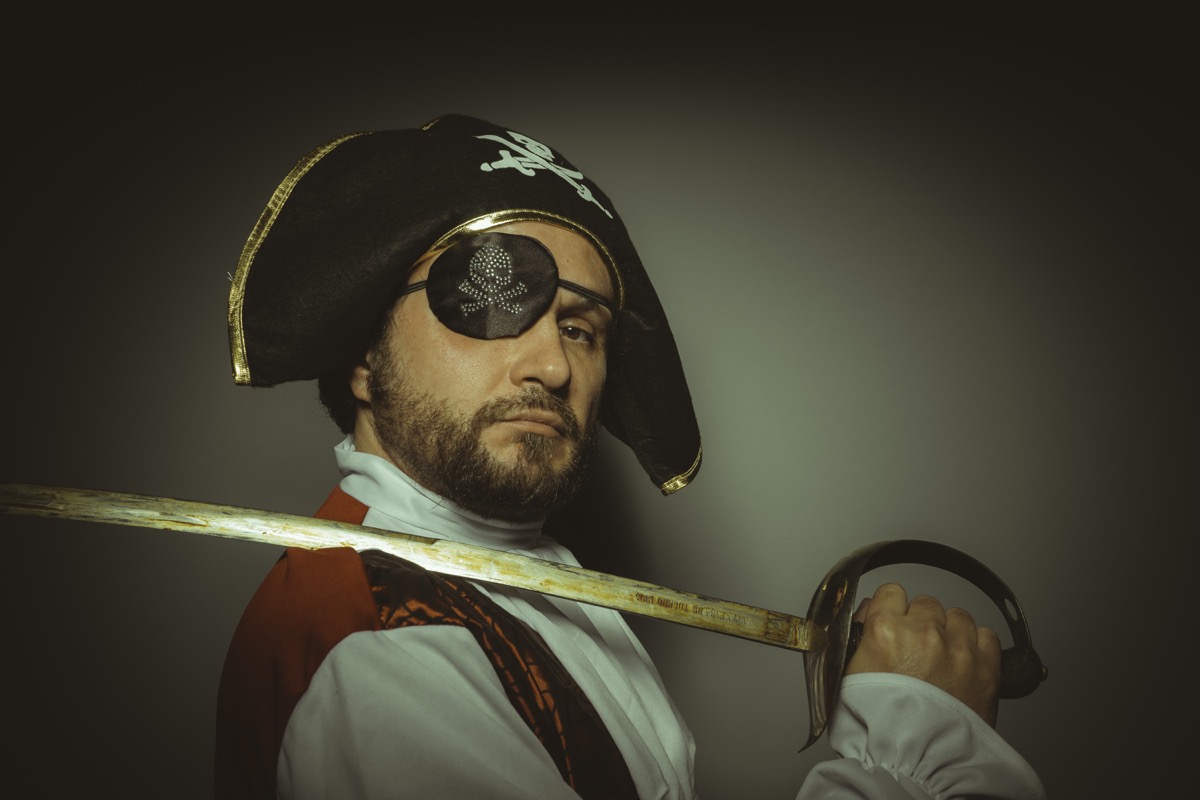
In order to help their eyes adjust more quickly between the bright ship deck and the dark belowdecks, pirates would patch one eye so it was always adjusted for the darkness, according to E. Bruce Goldstein's Sensation and Perception.
4
And some pirates did have hooks and wooden pegs.
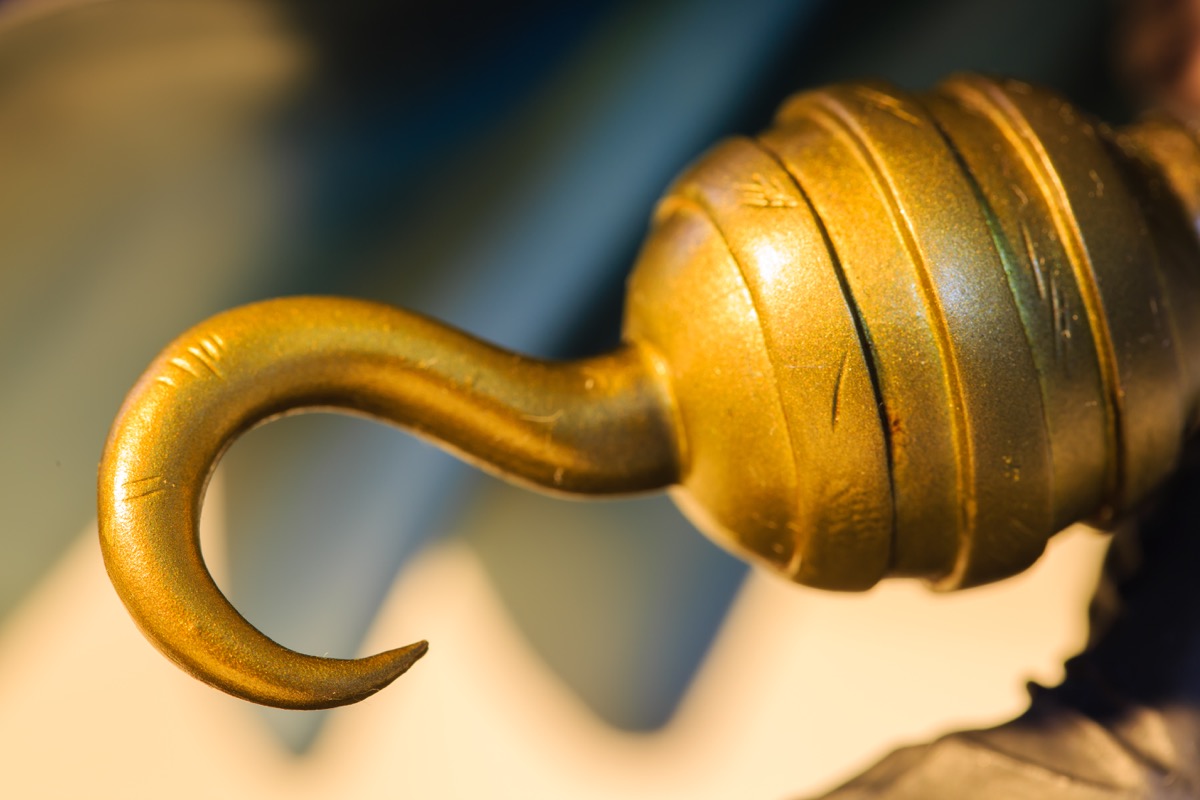
There are a few other fictitious-sounding details about pirates that are accurate. For example, battling pirates surely lost limbs from time to time and some of them would have replaced their absent appendages with a hook or a wooden peg, according to National Geographic.
According to the Smithsonian Institute, "members of the crew … received compensation for the loss of body parts in action—an early form of worker's compensation."
5
Pirates wore earrings to ward off seasickness.
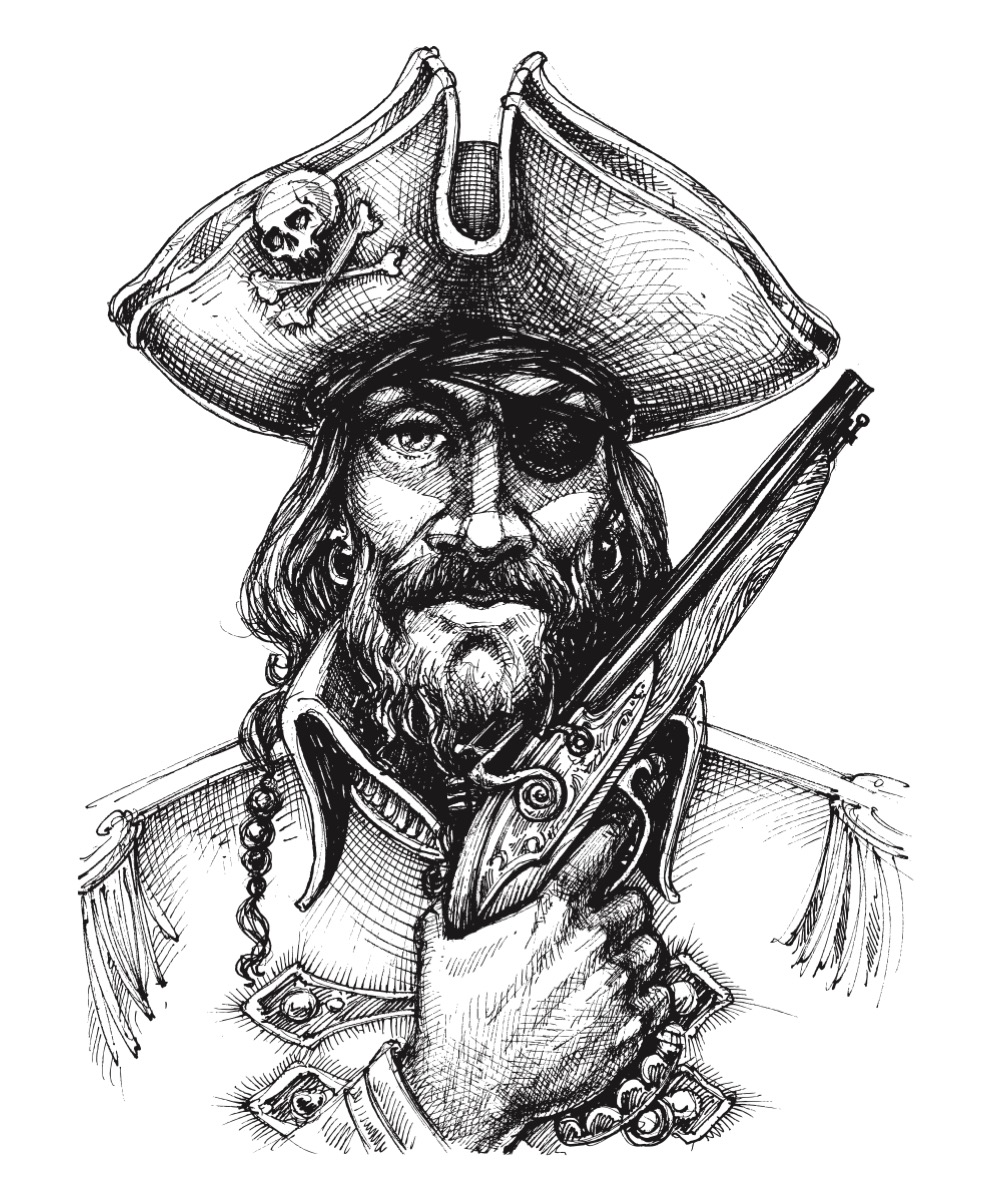
When pirates accessorized with earrings, they weren't just trying to be fashionable. According to National Geographic, sailors believed that applying pressure to the earlobe would ward off seasickness. In many cases, the pirates would accomplish this by popping on an earring.
Unfortunately, though your inner ears do affect your sense of balance, putting earrings in your earlobes does nothing to mitigate seasickness.
6
Pirates had a sophisticated mail system and a retirement plan.
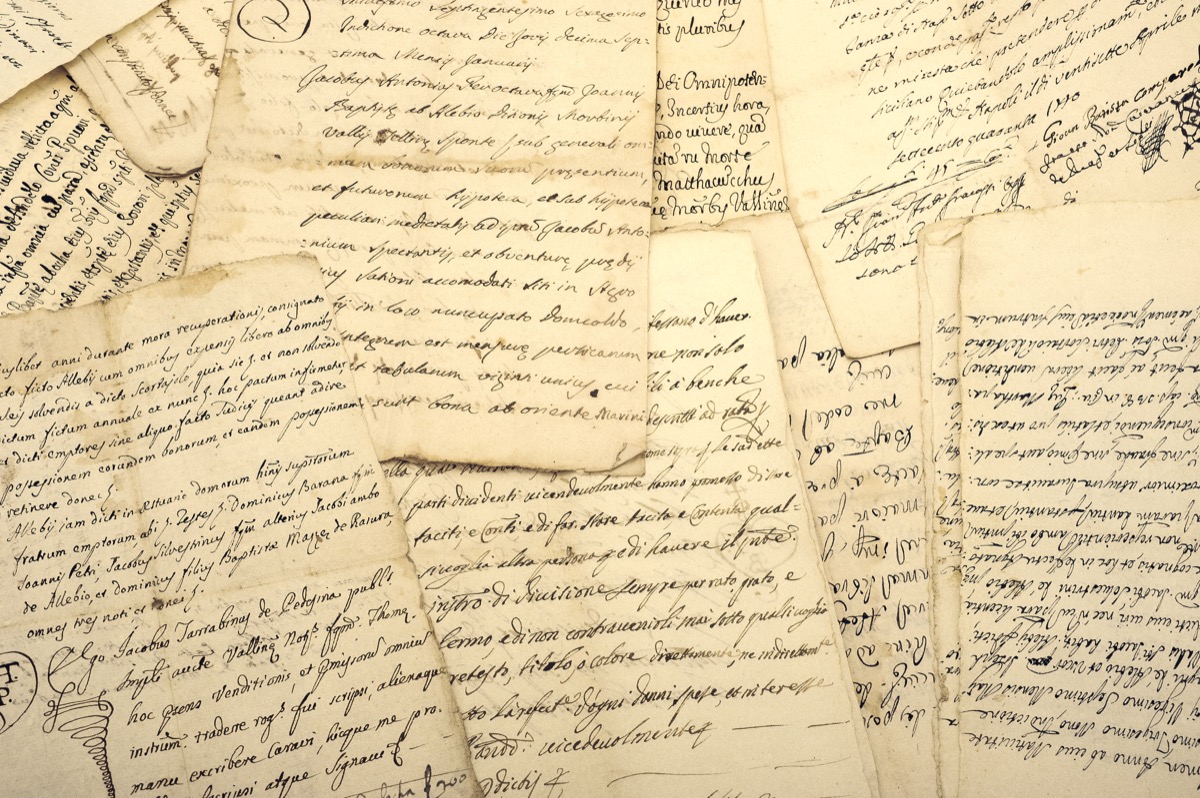
"Pirates had extensive networks on land that kept them in touch with the outside world," Geanacopoulos told Georgetown. "They had a mail system of sorts (ships ferrying letters back and forth) that enabled them to communicate with relatives, and even a commuter service to take 'retiring' pirates from their famous haunts in Madagascar to more mundane lives in America."
7
There was a "Golden Age of Piracy," but piracy dates back to ancient times.

For as long as there have been ships, there have been criminals who have taken to the sea. For example, historians have found evidence of pirates in the Mediterranean as far back as 1353 B.C. During that time, the Egyptian pharaoh Akhenaten complained of pirates who had raided his coastal cities and ports. The tyrants also threatened the trading routes of ancient Greece and looted cargoes of grain and olive oil from Roman ships, according to Royal Museums Greenwich.
However, there is a certain time span that is most famously associated with piracy. Usually referred to as the "Golden Age of Piracy," the period between 1650 and 1720 is when these seafaring lawbreakers saw the height of their fame, according to National Geographic. During this time, infamous pirates such as Blackbeard, Calico Jack Rackham, and Henry Morgan made names for themselves, according to Royal Museums Greenwich.
8
There were many women pirates.

While men have definitely dominated the world of piracy, there have been several notorious women pirates, including France's Jeanne de Clisson, England's Mary Read, and Ireland's Grace O'Malley and Anne Bonny (that's an illustration of her, above).
America's first female pirate was Rachel Wall, who was eventually arrested for robbery and hanged at the age of 29.
9
Maps were just as precious as gold or silver to pirates.
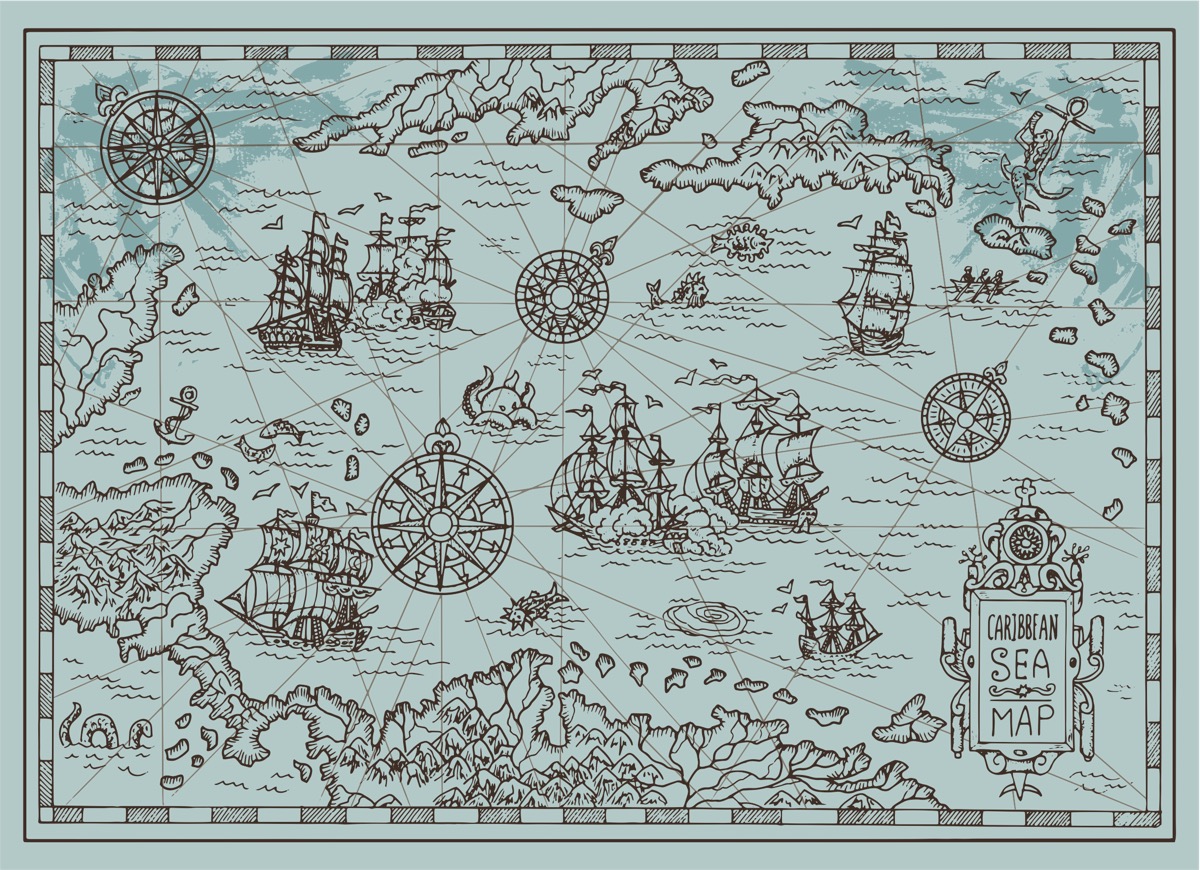
Pirates may have been searching for gold, silver, jewels, and rum while plundering ships, but they were also on the lookout for something that was just as valuable: maps. For instance, National Geographic describes one particular stolen Spanish atlas from 1680 as "extremely valuable pirate booty" that "overjoyed" pirates when they seized it, according to their detailed journals.
The manuscript was filled with precious navigational information including maps, charts, and descriptions of different places. It was so valuable that pirate Bartholomew Sharpe printed a colorful English version of it and presented it to the king of England—a gift that may have saved him from execution.
10
Pirates stole books, too.

According to National Geographic, some members of pirate crews were literate and were essential for reading navigational charts. Books were even sometimes part of the booty taken from ships that the pirates pilfered.
11
Pirates had a special menu suited to life at sea.

Pirates didn't have refrigerators on their ships, and so they needed a special menu suitable for life at sea. That means that they brought food onboard that wouldn't rot right away and relied on cured meats and fermented vegetables. They might have also kept animals that could provide the crew with milk, eggs, and, ultimately, fresh meat.
12
Pirate ship captains were elected.
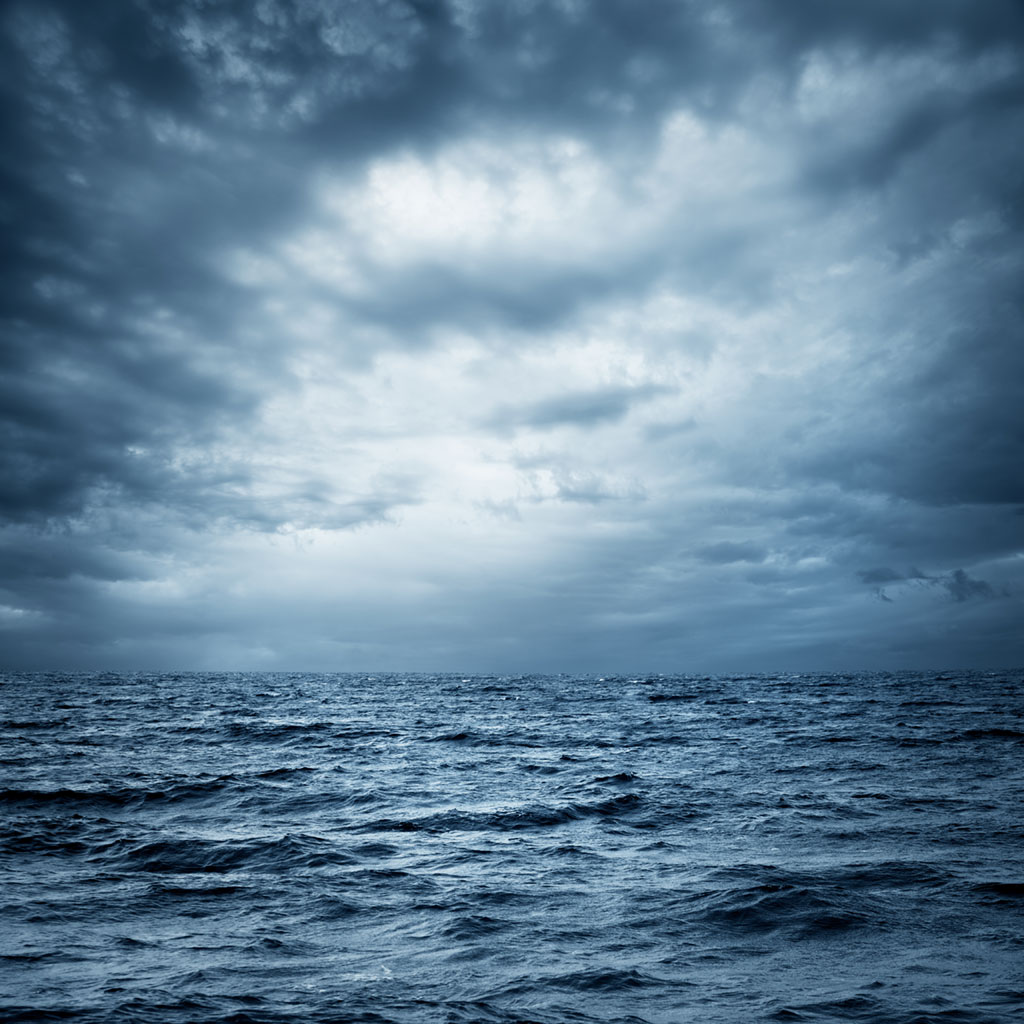
According to the Smithsonian Institute, "Captains were elected by popular vote and could be removed if their performances fell short."
13
Pirates abided by strict rules—and even had curfews!

While pirates are known for being a raucous bunch, they did follow a strict set of rules—namely, the pirate code. While the exact details of the pirate code varied from ship to ship, most included an outline for disciplinary practices and how they would divide their stolen goods.
The codes also included some surprising rules of conduct. For example, in 1722, Captain Bartholomew "Black Bart" Roberts' drafted a code that established that "the lights and candles [are] to be put out at eight o'clock at night; if any of the crew, after that hour still remained inclined for drinking, they were to do it on the open deck." In other words, no staying up past 8 p.m.
14
Life aboard pirate ships was often more civilized than life aboard merchant ships.
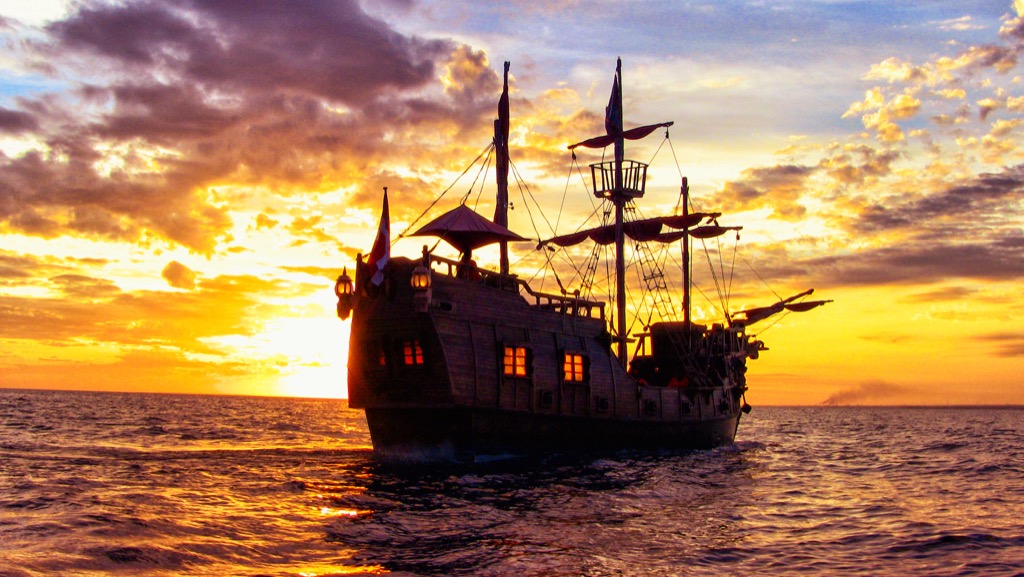
Merchant sailors were treated and paid poorly—and sometimes the pirate's life proved to be the fairer deal. "Sailors were so badly treated in many of these merchant vessels by the captains and owners," Woodard told CNN. "They were given lousy rations, cheated out of their pay at the end of journeys, often fed spoiled food and placed on vessels that intentionally didn't have enough provisions on board." So, in some ways, becoming a pirate was a way to stick it to the man.
15
Pirate ships often had bands and theaters.

Pirates often spent months and even years at sea with only occasional stops at ports that offered entertainment. But the sailors still needed to keep themselves occupied on their ships, which is why they often had bands onboard to play shanties and perform theater.
Black Bart Roberts' code included the following rule regarding the band: "The musicians shall have rest on the Sabbath Day only, by right, on all other days, by favor only."
16
Pirates really did keep parrots.
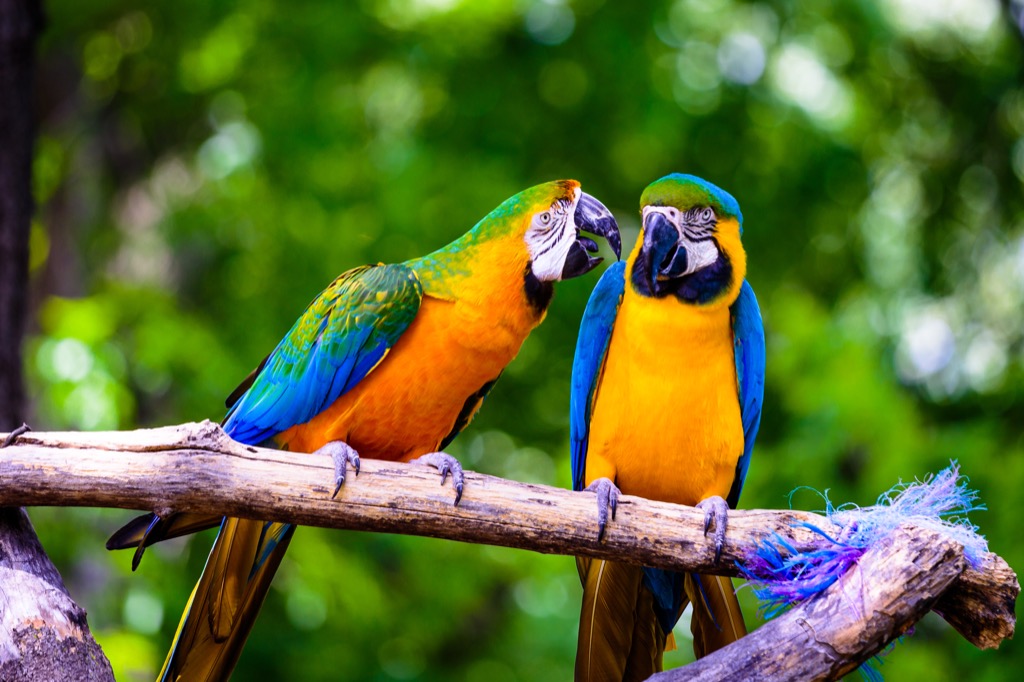
Because pirates lived on ships, keeping a large pet like a dog or a monkey could be difficult. A much more sensible and strategic option was a parrot. "Back home, people would pay good money for parrots and other exotic creatures, and sailors could easily buy them in many Caribbean ports," Angus Konstam, historian and author of The History of Pirates, told Atlas Obscura. "Some were kept, but most were sold when the ship reached home. They were colorful, they could be taught to talk—always entertaining—and they fetched a good price in the bird markets of London."
17
Pirates had their own unique—and totally terrifying—flags.
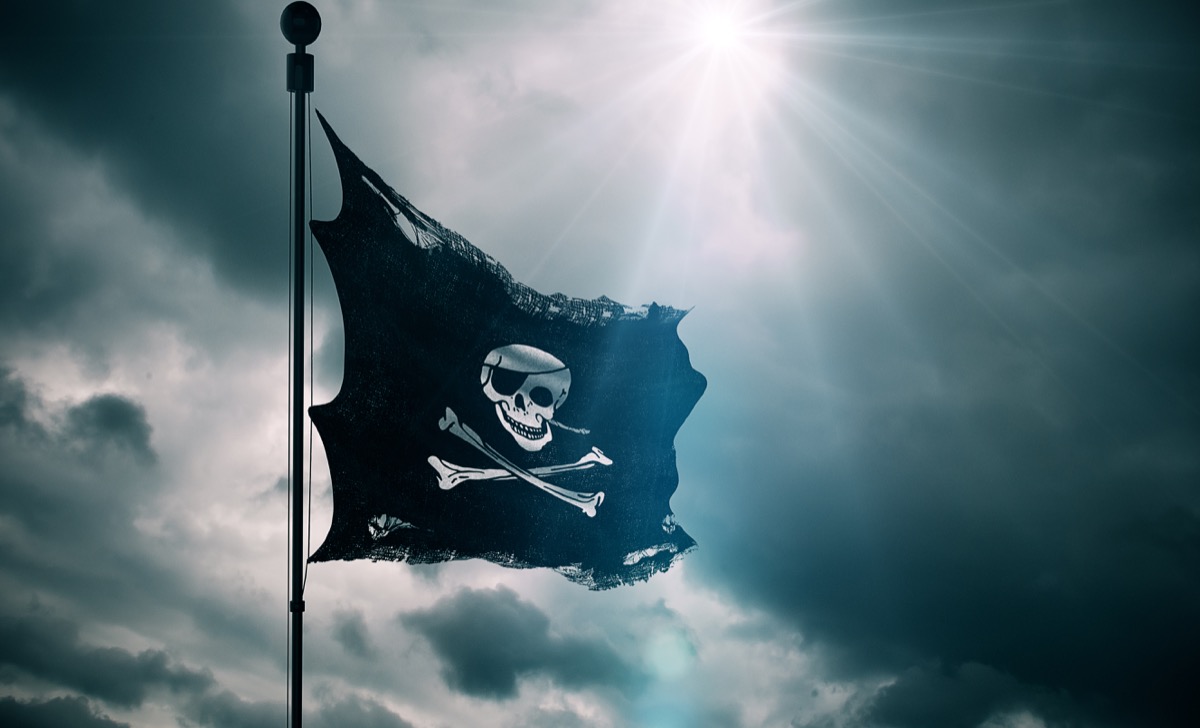
While pirates did indeed fly banners from their ships to warn others of their criminal intents, the symbols on the flags weren't necessarily the skull and crossbones we think of today. According to National Geographic, "Black Bart had himself holding an hourglass with the devil. Captain Low had a blood-red skeleton standing at the ready. And Christopher Moody's flag was so colorful, it became known as the bloody red."
As pirates would approach enemy ships, they would wave a friendly flag. At the last minute, they would pull up the Jolly Roger, a sign that they were ready to attack.
18
Pirates slept on hammocks.
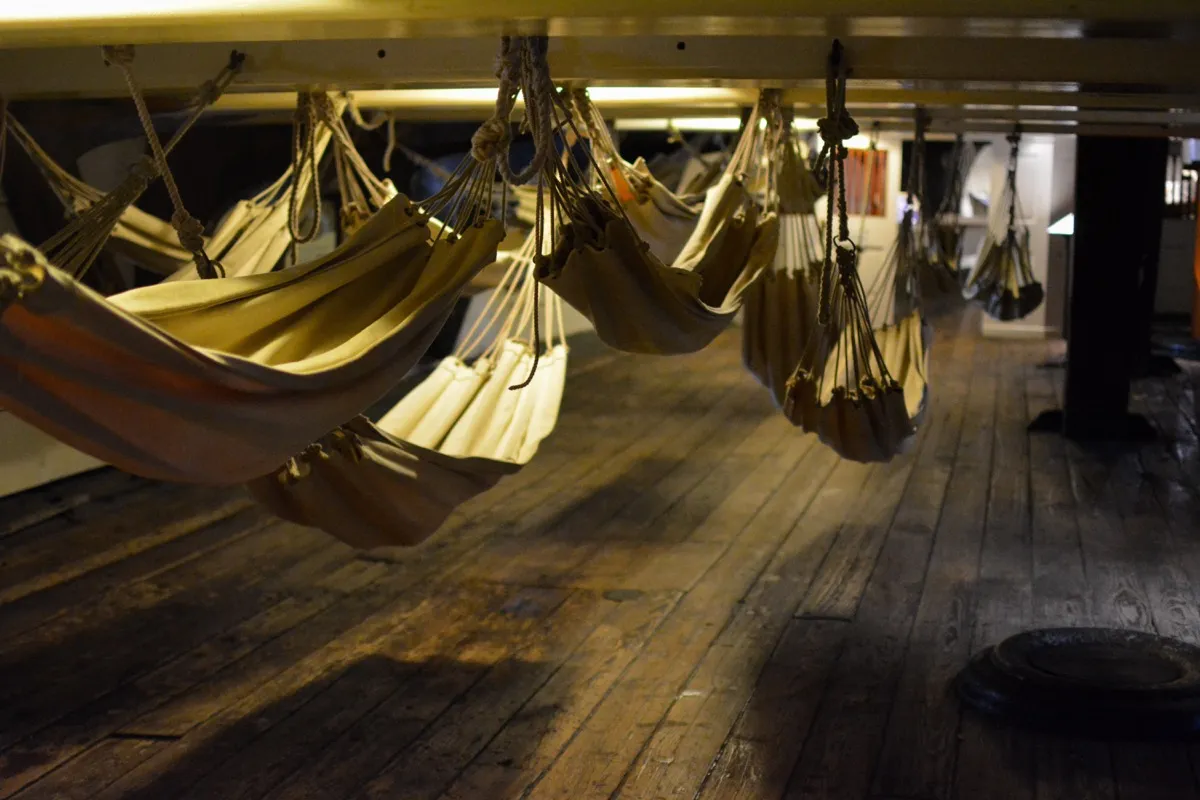
When they weren't attacking other ships or keeping watch, pirates needed to get some sleep. And while higher-ranking officers were usually lucky enough to enjoy private quarters, the rest of the crew slept in hammocks below deck. Hammocks were ideal since they would rock and sway with the ship, making for an easier night's rest.
19
Pirates contributed to local economies.

While you might assume that the illegal activity pirates engaged in hurt the economies around them, it was actually the opposite, Geanacopoulos told Georgetown. Pirates would spend the gains from their various plunders at the ports each time they docked, meaning those towns would benefit in the same way that cruise port towns today benefit from visitors' cash flow. Piracy also offered opportunities for poor men who otherwise might not have had employment.
20
Some pirates were respected members of their communities.

Pirates may have been lawbreakers, which surely meant that many were social outcasts, but others were accepted members of their communities. Geanacopoulos told Georgetown that "some, like Captain Kidd, who helped found Trinity Episcopal Church and even paid for a family pew (though there is no record that he actually used it), were fairly prominent members of Colonial society."
21
And many were family men.
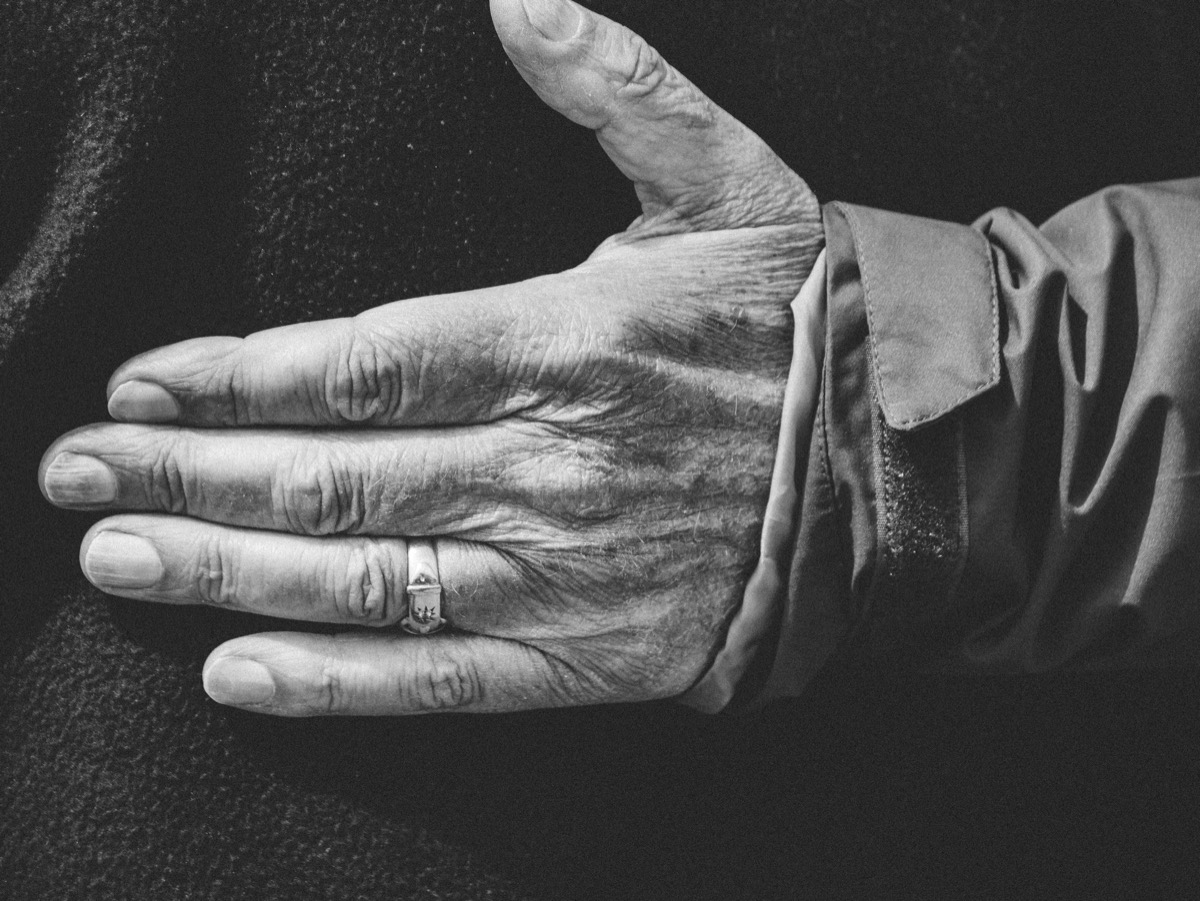
Some of these men were married and had children before or during their time as pirates while others waited until they were retired to settle down and start a family.
Apparently, even when the famous Captain Kidd was sentenced to be hanged for his piracy-related crimes, he "told those around him to send his love to his wife and daughters," Geanacopoulos told Georgetown. "He said his greatest regret '…was the thought of his wife's sorrow at his shameful death.'"
22
Pirates would maroon troublesome crewmembers on a deserted island.

One of the most notoriously chilling acts associated with pirates is the fact that they would maroon troublesome crewmembers on a deserted island. Unfortunately, it's fairly accurate. If someone onboard was causing issues, they would be deposited on an uninhabited island and left to die, according to National Geographic. And just like in the movies, they would often be given a gun with a single shot so that they could end things quickly.
23
Julius Caesar was captured by pirates.

Julius Caesar didn't become Emperor of Rome without surviving a few dicey situations. In fact, when he was 25-years-old, he was taken prisoner by pirates and held captive for 38 days. The pirates demanded ransom for Caesar's release and, according to Britannica, "when [they] told him that they had set his ransom at the sum of 20 talents, he laughed at them for not knowing who it was they had captured and suggested that 50 talents would be a more appropriate amount."
On top of that, "Caesar made himself at home among the pirates, bossing them around and shushing them when he wanted to sleep. He made them listen to the speeches and poems that he was composing in his unanticipated downtime and berated them as illiterates if they weren't sufficiently impressed." When the pirates were eventually paid, they kept true to their word and let him go. However, Caesar wasn't about to forgive and forget. When he got home, he had his forces find and kill his captors.
24
A pirate crew once stole the equivalent of $200 million in a single plunder.
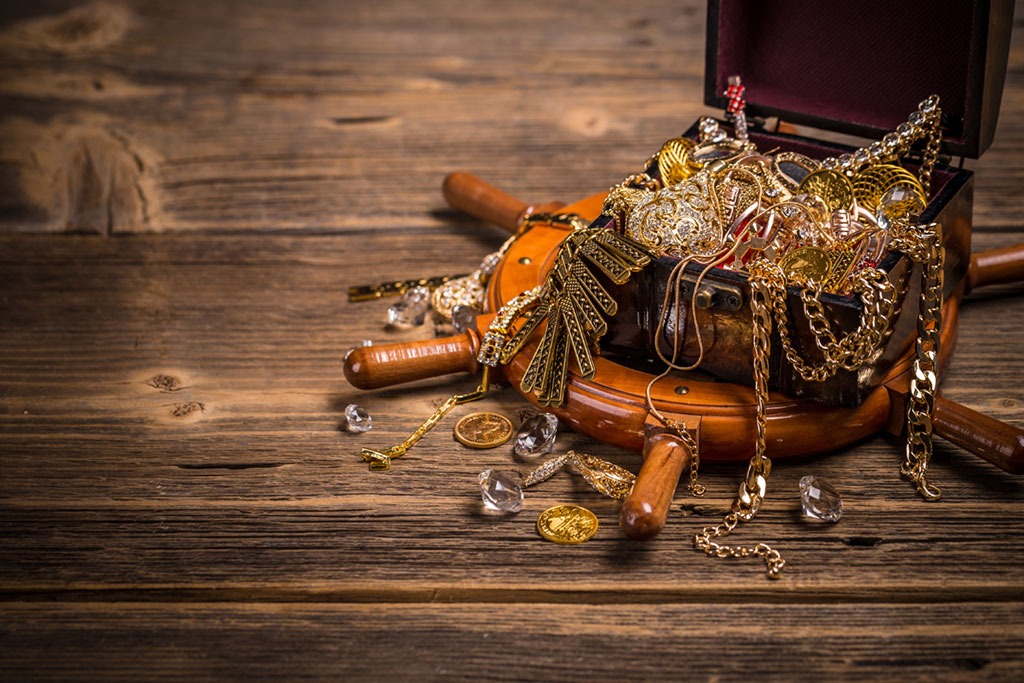
Some plunders were more successful than others—that includes one score by Captain Henry Avery and his crew, who once made off with a haul of money, jewels, gold, silver, and ivory that would be worth more than $200 million today, Woodard told CNN. It was the equivalent of what they would have made over the course of 20 years if they worked on a typical merchant vessel.
25
One pirate was known as the "Robin Hood of the Sea."
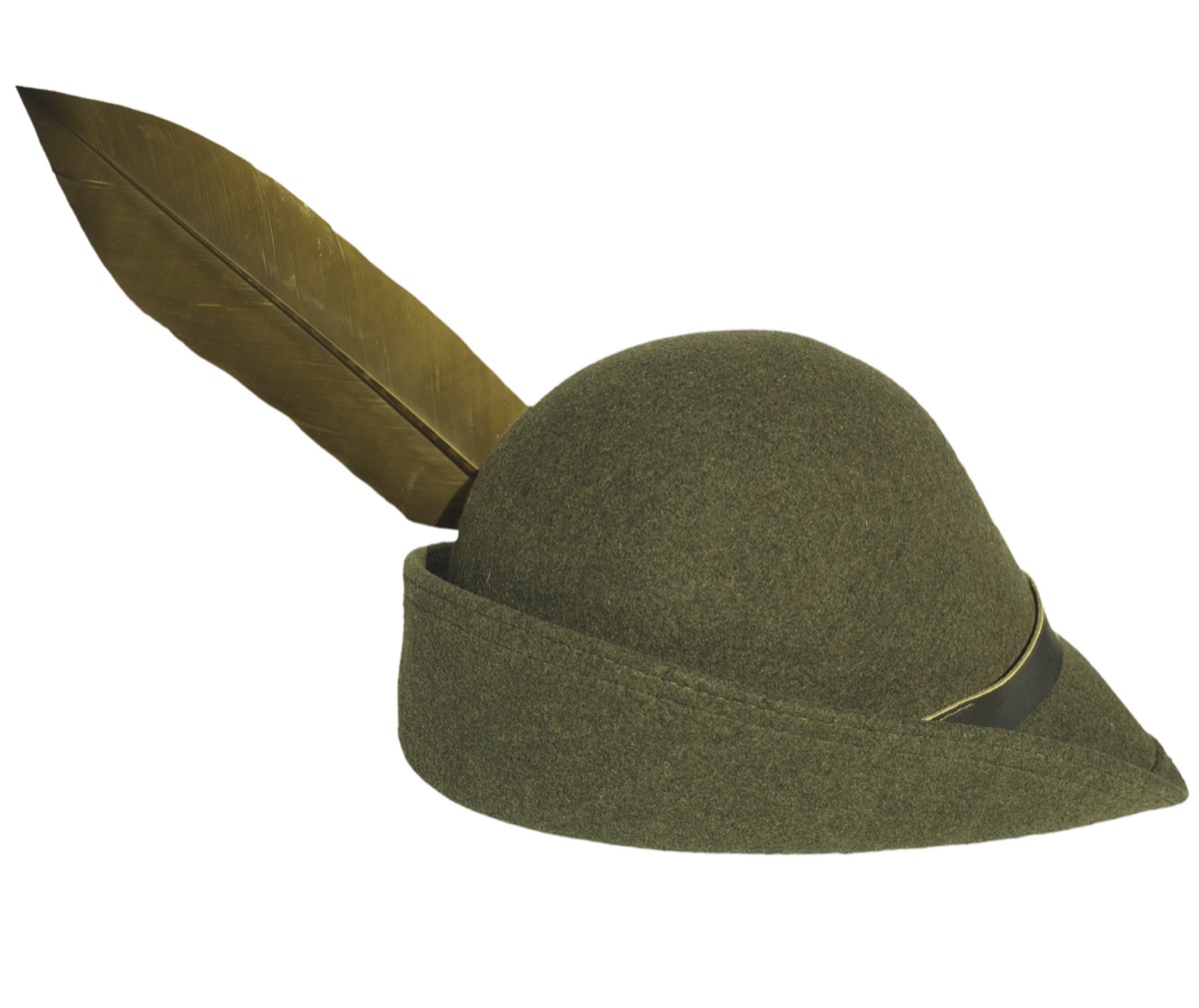
Black Sam Bellamy might have been a pirate, but he considered himself the "Robin Hood of the Sea." According to the New England Historical Society, "Black Sam Bellamy became the wealthiest pirate in history not because of greed but because of anger—anger at the English system that exploited poor country boys and sailors like him."
Along with his crew being a democracy and there being no record of the pirate ever killing a captive, "in a famous speech attributed to Bellamy, he scorned the wealthy merchants he plundered: 'They rob the poor under the cover of law, forsooth, and we plunder the rich under the protection of our own courage.'"
26
One of the most powerful pirates in history was a woman who commanded more than 300 ships.

Commanding more than 300 ships with anywhere between 20,000 to 40,000 men obeying her orders, Madame Ching Shih is thought to have been one of the most powerful pirates in history. Originally co-leading with her husband, Madame Ching took over what was known as the Red Flag Fleet when he died.
According to historian Rebecca Simon, "In 1810, the Chinese government promised amnesty and pardon to all Chinese pirates. At this point [Madame Ching] amassed so much wealth that she decided the time was right to end her career as a pirate queen. She took the government's offer and kept her loot. She used her wealth to open a gambling house, which she operated until death in 1844 at the age of 69."
27
A retired British army major abandoned his life and became the "Gentleman Pirate."
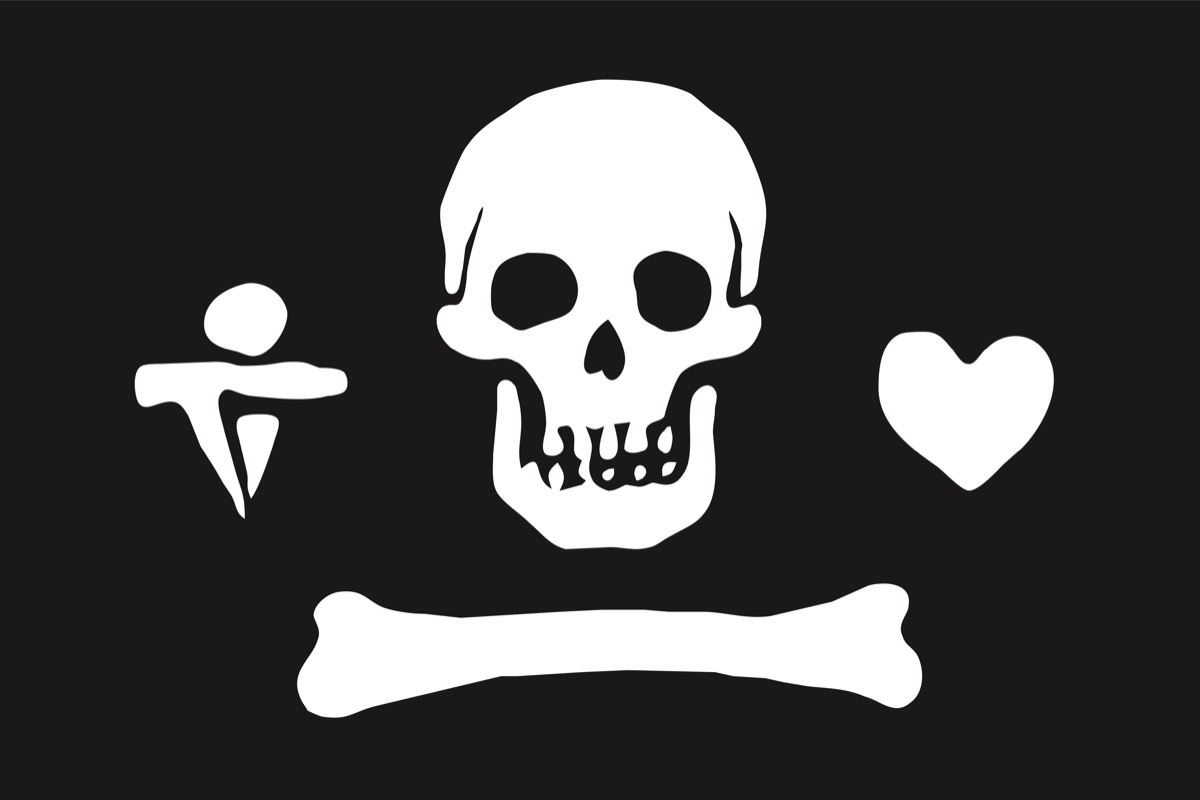
In 1717, Stede Bonnet, a retired British army major who owned a sugar plantation in Barbados, decided to become a pirate (that's his customized flag, above). Ditching his wife and children along with the rest of his former life, Bonnet purchased a ship and sailed out to sea. Although his military past apparently didn't impress his pirate crew, it was probably one of the reasons his dignified behavior earned him a reputation as the "Gentleman Pirate."
28
Blackbeard shot one of his own men just to make a point.

Blackbeard, who sailed the seas in the 1700s, was notoriously vicious and apparently didn't hesitate to use extreme violence when he deemed it necessary. According to National Geographic, "Tales of his cruelty are legendary. … Blackbeard even shot one of his lieutenants so that 'he wouldn't forget who he was.'"
29
Archaeologists think they've finally found Captain Kidd's treasure.
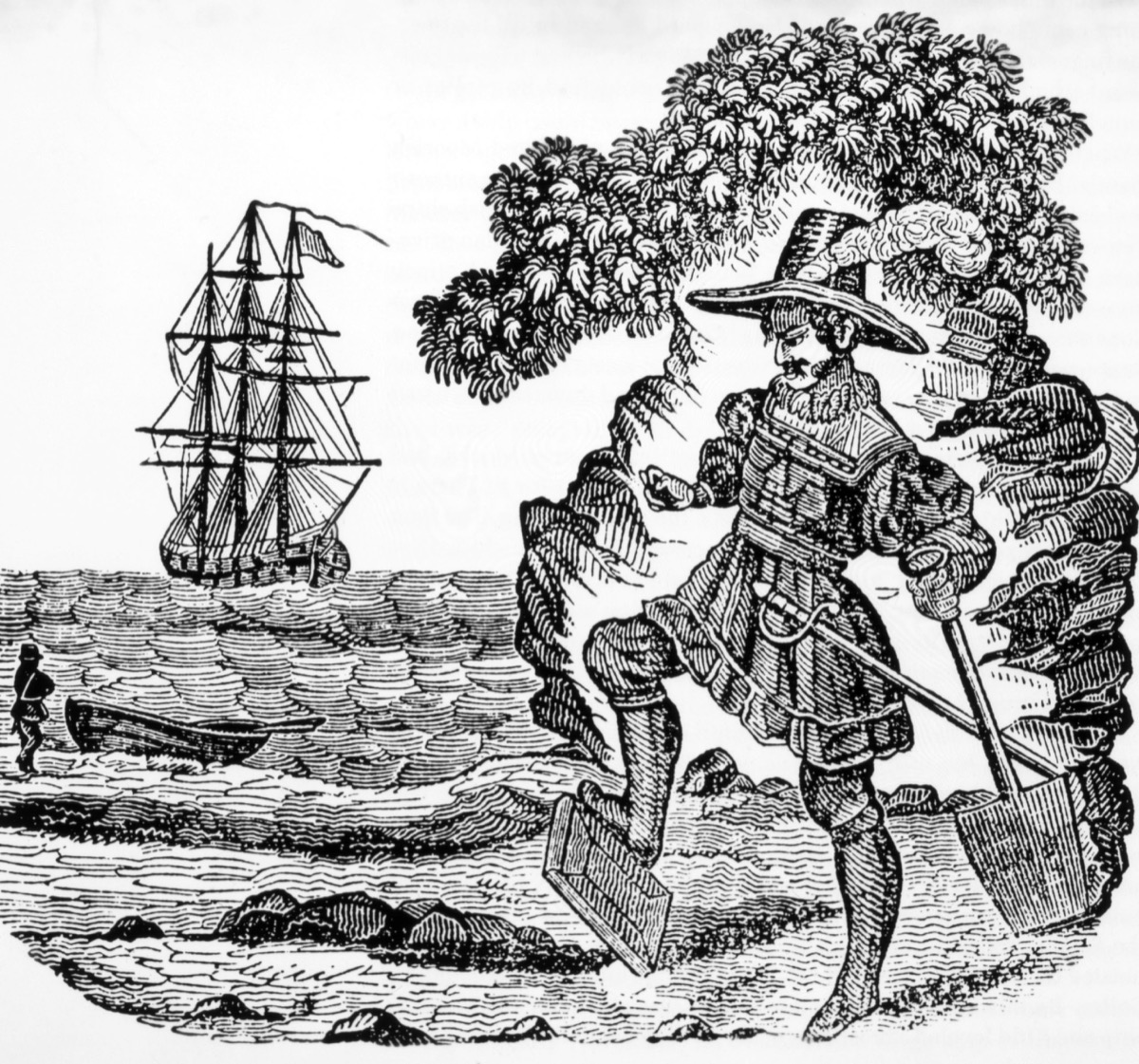
When Captain Kidd was captured (and before he was hanged in 1701), he claimed to have left behind a buried treasure (that's a photo of him burying a bible near Plymouth Sound). In 2015, hundreds of years later, a group of archaeologists reportedly believe they have located a part of the missing riches. Off the coast of Madagascar in the area of Saint Marie Island, divers found a 121-pound bar of silver, which may be just a small part of the pirate's booty.
30
Today's pirates are mostly in Indonesia, Somalia, and Nigeria.
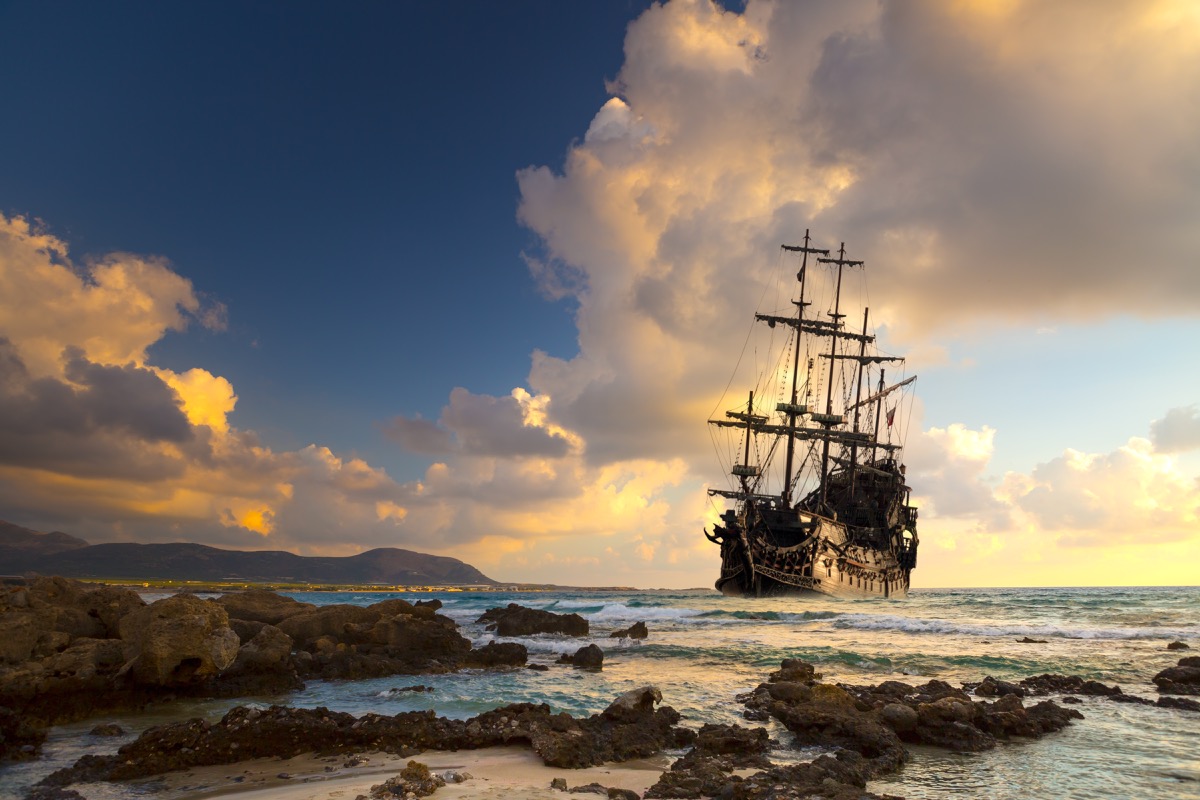
Pirates haven't only existed across history, they've also existed around the world, pretty much everywhere there's access to water. Today, pirates are most common in the waters around Indonesia, Somalia, and Nigeria, according to NBC. As of March 2019, there have been 14 actual and attempted pirate attacks in Nigerian waters, according to International Maritime Bureau. And if you're looking to brush up on even more history, check out one of The 12 Best History Podcasts for Every Type of History Buff.
To discover more amazing secrets about living your best life, click here to follow us on Instagram!













